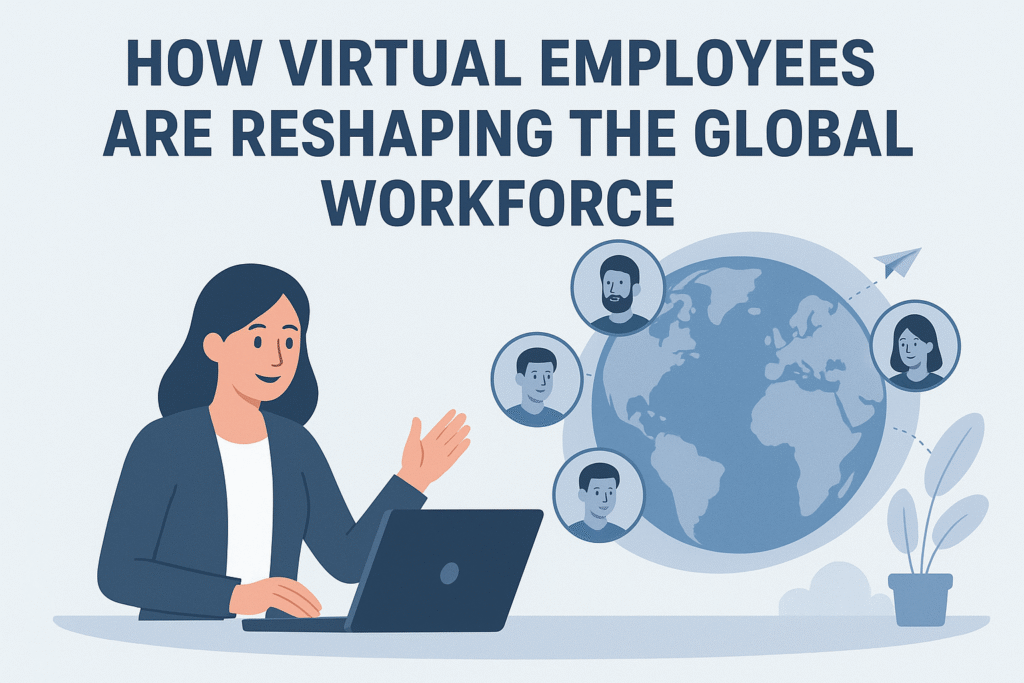Remote work has transformed the way businesses operate and employees build their careers. For employees, it has opened access to a wider pool of job opportunities beyond their local market. For employers, it has created t

he ability to hire faster and from multiple locations without being limited by geography. Thanks to advanced workforce and productivity tools, businesses no longer need to confine employees to a single office or monitor them onsite. Instead, companies can now facilitate work across geographies, manage projects remotely, and maintain efficiency on a global scale.
However, while remote work offers incredible opportunities, it also comes with challenges. One of the most significant issues virtual teams face is the feeling of isolation. Without face-to-face interaction, employees may sometimes feel disconnected from their colleagues or the larger organizational mission. This is why employers must adopt strategies to ensure virtual teams remain engaged, collaborative, and motivated.
Overcoming the Challenge of Isolation in Virtual Teams
Isolation is one of the biggest obstacles in remote work. Employees working virtually can sometimes feel excluded or disconnected, which can impact productivity and team spirit. The good news is that this challenge can be addressed effectively through three key strategies: communication, rhythm, and processes.
1. Communication
Frequent and structured communication is the most effective way to fight isolation. Regular interactions—whether through video calls, chat platforms, or team check-ins—ensure that employees feel supported and heard. Interpersonal support helps build trust, reinforces belonging, and makes every member feel like an integral part of the team.
2. Rhythm
Creating a consistent rhythm in team interactions is crucial. By conducting team meetings on specific days of the week, leaders can monitor progress, set clear directions, and keep everyone aligned. A predictable meeting schedule helps maintain the pace of work, gives employees a sense of stability, and strengthens the feeling of connectedness across the team.
3. Processes
Finally, having well-defined processes is essential for remote teams. All team members should be familiar with the tools, workflows, and implementation steps the organization follows. When processes are clear, employees know exactly what to do and how to contribute, eliminating confusion and building confidence. A strong process framework ensures smooth collaboration across geographies.
The Future of Remote Work
Remote work is here to stay. As businesses continue to embrace virtual employees, it is vital to focus on creating environments where remote workers thrive. Companies that invest in structured communication, establish clear rhythms, and design efficient processes will be able to maximize productivity and maintain team cohesion—despite geographical distance.
By tackling challenges like isolation, remote work becomes not only sustainable but also an advantage for businesses aiming to scale globally. The ability to access international talent, reduce costs, and create flexible work arrangements positions remote teams as a cornerstone of the future workforce.
